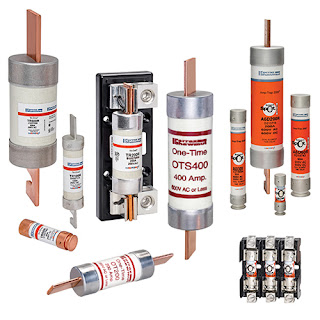Cissoid Switch for Power Supplies and Motor Drives
Semiconductor solution provider Cissoid has launched Jupiter, a high-temperature silicon-carbide high-voltage switch that simplifies the design of medium-power, high-voltage converters. These include switched mode power supplies and motor drives that have to operate in extreme environments. The high-temperature silicon-carbide high-voltage switch offers seamless gate control through a simple logic-level 0/5V.
CHT-Jupiter is a 600V, normally-off switch rated for 1A drain current at 225C. It includes a silicon carbide device, and it is packaged in a hermetically sealed TO-254 metal package, guaranteed for operation from -55C up to +225C. CHT-Jupiter's on-resistance ranges from 0.7ohms at 25C to 1.25ohms at 225C. Its input capacitance is typically 430pF. The gate leakage and drain-off currents are respectively 160nA and 250uA at 225C.
A key feature of this device is its ability to be driven by a 0/5V logic-level signal, which reduces the complexity of the driver stage. With CHT-Jupiter, electronic engineers can decrease the complexity of their electrical schematics, shorten their bills of materials, and improve the reliability, weight and size of their systems while reducing the need for cooling in their applications.
CHT-Jupiter is a 600V, normally-off switch rated for 1A drain current at 225C. It includes a silicon carbide device, and it is packaged in a hermetically sealed TO-254 metal package, guaranteed for operation from -55C up to +225C. CHT-Jupiter's on-resistance ranges from 0.7ohms at 25C to 1.25ohms at 225C. Its input capacitance is typically 430pF. The gate leakage and drain-off currents are respectively 160nA and 250uA at 225C.
A key feature of this device is its ability to be driven by a 0/5V logic-level signal, which reduces the complexity of the driver stage. With CHT-Jupiter, electronic engineers can decrease the complexity of their electrical schematics, shorten their bills of materials, and improve the reliability, weight and size of their systems while reducing the need for cooling in their applications.


Comments